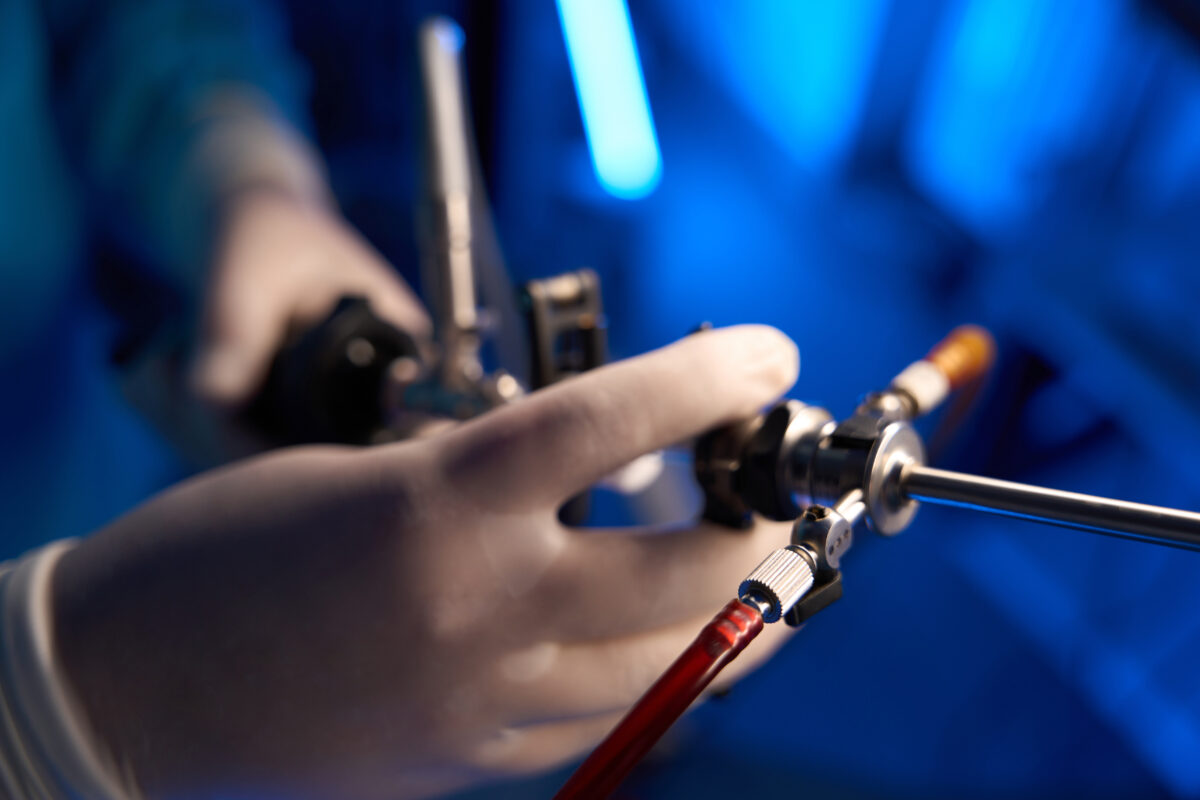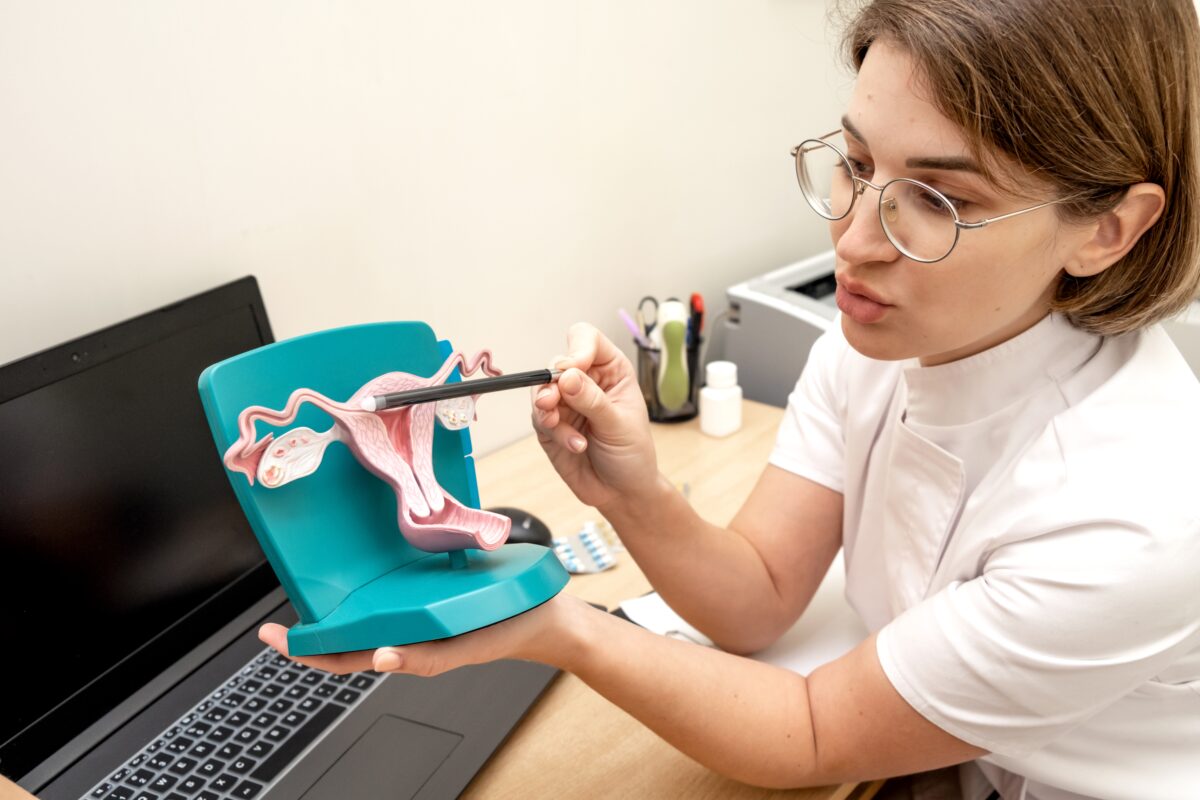The role of the fallopian tubes in female fertility is critical. These tubular structures are responsible for transporting eggs from the ovaries to the uterus, and it is in them that fertilization usually occurs. However, when there are problems with the fallopian tubes, such as blockages or damage, conception can become difficult.
For this reason, the evaluation of the fallopian tubes is a crucial step in the diagnosis of fertility problems and for this, there are several medical procedures that allow the health and functionality of these structures to be assessed.
Understanding the diagnostic options available can not only help identify problems that affect fertility, but also determine the most appropriate treatments for each case. The choice of evaluation procedure will depend on the symptoms presented, medical history and the results of previous studies.
Common Procedures for Evaluation of Fallopian Tubes

Hysterosalpingogram (HSG)
Hysterosalpingogram is one of the most common and widely used procedures for evaluating the fallopian tubes. This test involves an X-ray of the uterus and fallopian tubes, done with the help of contrast dye.
During the procedure, contrast liquid is introduced through the cervix, which fills the uterus and tubes. As the contrast flows, X-rays are taken to see if the tubes are open and allow fluid to pass through them, indicating that there are no blockages.
HSG is especially useful for detecting blockages in the fallopian tubes, which could prevent the egg from meeting the sperm. In addition, this exam can reveal abnormalities in the shape of the uterus, such as polyps or fibroids, which could also affect fertility. Although hysterosalpingogram may cause mild discomfort, it is an outpatient procedure and is usually performed in less than an hour.
Laparoscopy
Laparoscopy is a minimally invasive surgical technique that allows direct visualization of the fallopian tubes, ovaries, and other pelvic structures. Unlike hysterosalpingogram, which is based on X-ray imaging, laparoscopy involves inserting a small camera through an incision in the abdomen, allowing the doctor to observe the fallopian tubes in real time.
This procedure is particularly useful when endometriosis, pelvic adhesions, or hydrosalpinx (fluid buildup in the tubes) are suspected. During laparoscopy, the doctor may also perform minor surgical interventions, such as removing adhesions or correcting blockages, making it both a diagnostic and therapeutic method. However, due to its invasive nature, laparoscopy is usually reserved for cases where other examinations have not provided conclusive answers.
Sonohysterography
Sonohysterography is a specialized ultrasound exam used to evaluate the inside of the uterus and fallopian tubes. Similar to hysterosalpingogram, this procedure involves injecting a sterile saline solution into the uterus through the cervix, followed by a transvaginal ultrasound. Saline helps to distend the uterus and allows for clearer visualization of the uterine walls and fallopian tubes.
This test is less invasive than HSG and does not use radiation, making it an attractive option for many women. Sonohysterography is effective in detecting uterine abnormalities and can provide information about the patency of the fallopian tubes, although it is not as accurate as HSG in detecting tubal blockages.
Tubal Foam Permeability Test (HyFoSy)
Foam tubal patency testing, also known as HyFoSy, is a modern technique that uses ultrasound and a foamy contrast medium to evaluate the fallopian tubes. This procedure is similar to hysterosalpingogram, but instead of using x-rays, a transvaginal ultrasound is performed while the dye is inserted into the uterus and tubes.
The main advantage of HyFoSy is that it does not expose the patient to radiation, and it has been shown to be as effective as HSG in detecting tubal obstructions. In addition, the foam used in the procedure is generally well-tolerated and causes less discomfort than the contrast used in HSG. This method is becoming increasingly popular due to its safety and effectiveness.
At this point, all these technical names may have sounded familiar to you in another language, don’t worry about it, what you need to know is that there are many ways to know if your body is in the best condition to give life.
Evaluation of the fallopian tubes is an essential step in the pursuit of that pregnancy, as their proper functioning is crucial for natural conception. Each of the procedures mentioned offers advantages and is indicated in different circumstances depending on the clinical suspicion.
At Fertivida, we understand the importance of an accurate and personalized diagnosis. Our team of specialists is committed to guiding you through this process, ensuring that you receive the most appropriate care and treatment for your needs. If you have questions about your fertility or want to know more about fallopian tube evaluation procedures, we invite you to consult our services.





